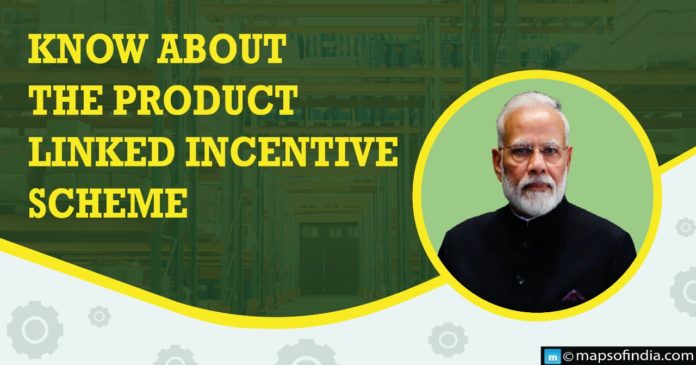The Production Linked Incentive (PLI) Scheme in India is about promoting Indian Based manufacturers through incentives. It’s a known fact that the consent of Aatmanirbhar Bharat (self reliant India) has been in the spotlight these days. Schemes like Government assistance to the private sector existed in one form. However, the PLI was first introduced in early 2020, initially limited to the electronic industry. Through this scheme, the government aims to cover the losses that occurred to various companies during the Covid times. To put it in its simplest form, it’s about appreciation for the surplus production achieved through incentives.
New developments
The central cabinet took a critical decision by extending the PLI scheme to 10 other sectors and approved Rs 2 lakh crore worth as part of the scheme coverage. The respective ministries implemented the scheme. The central government would spend the money on various sectors under the plan over the next five years. The automotive and auto parts sectors have been given high priority across all industries.
The Modi government has allocated Rs 57,000 crore for these sectors. The Central Government provides subsidies for additionally manufactured products as part of the scheme, which can also be exported to other countries. Allocations have been made for Advance Cell Chemistry Battery, Pharmaceuticals, Food Production, White Goods, Textile, Telecom and Networking, Technology Products. The central government has set a target of $ 1 trillion for the digital economy by 2025. Union Finance Minister Nirmala Sitharaman said the decision was taken to boost private sector investment in the country. Financial assistance would be provided to critical sectors under the PLI scheme. The government provides this financial support to attract investments, said the finance minister. The primary benefit is opening employment opportunities in the urban areas. Therefore, it would clear out the financial stress during Covid times.
Besides, PLI would raise Rs 5,000 crore for investments to get the drones manufactured. Moreover, additional production of Rs 1,500 crore and incentives to this sector worth Rs 120 crore allocation is expected
The Automobile Industry through the lens of PLI
Climate change and the Paris Agreement have forced India to clean energy. On the other hand, with the rising oil demand, we have become increasingly dependent on foreign sources for imports. Also, rising international oil prices have pushed up domestic prices. It also has an impact on the costs of essentials. India has focused on alternative energy sources in the wake of these developments. In this context, it is decided to promote electric and hydrogen-based vehicles.
However, many auto companies have yet to domestically shift towards electric vehicle manufacturing. Only Tata Motors produces a significant amount of electric vehicles. Mahindra & Mahindra, TVS Motor, and Hero Motor Corp are just entering the EV sector.
Let us look at its other benefits:
- PLI would increase manufacturing capacity in India and strengthen the sector to compete with China
- It would boost the manufacturing of eco-friendly electric vehicles, hydrogen fuel cell vehicles
- PLI is set to become a big boost for electric vehicle makers
- An additional 7.6 lakh new jobs will be created in the manufacturing sector
- India’s share in the international automobile market is just 2%, increasing with the latest decision.
- It will provide the invitation to 100% foreign investment in telecom companies.





